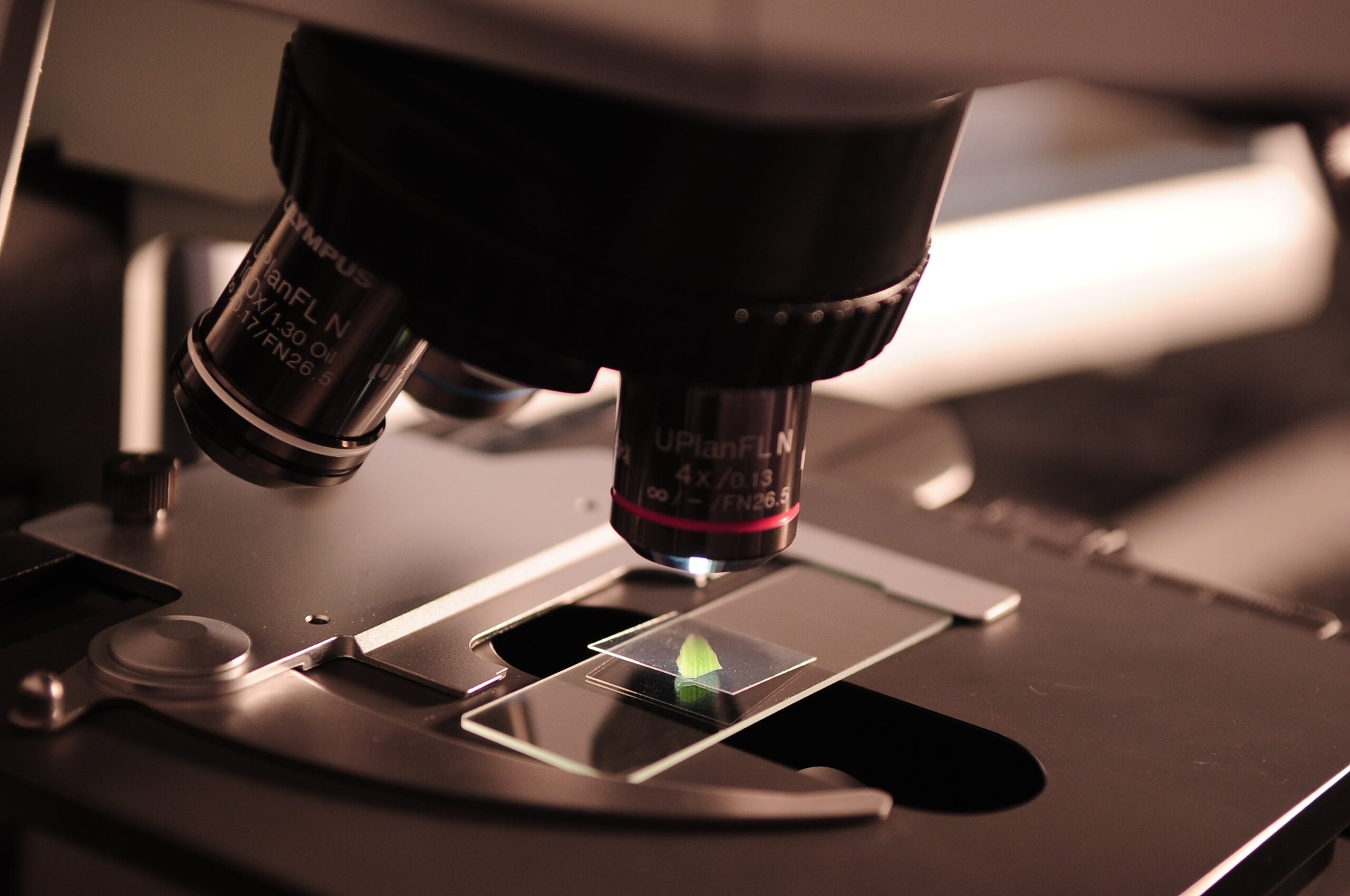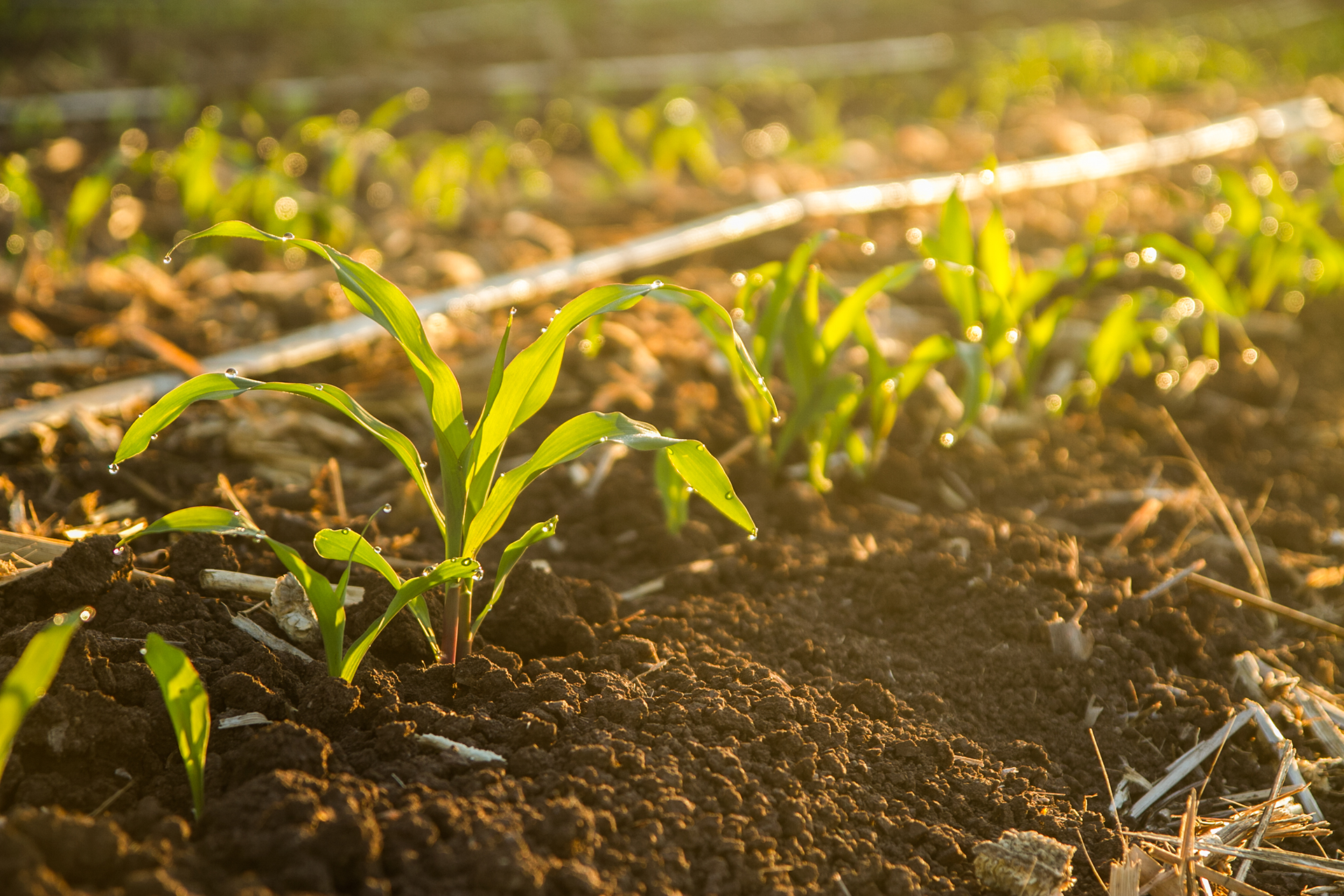The Life Sciences field has seen significant advancements in medicine, agriculture, and environmental sustainability. However, these strides have introduced new challenges related to patent eligibility for inventions in this field. The changing landscape of patent eligibility within the Life Sciences sector, includes vital legal precedents and developments that influence how patent eligibility is interpreted. Shifts and challenges in patent law in other jurisdictions, is providing innovators and stakeholders in South Africa, with a better grasp of the legal framework governing patent protection internationally, and the lessons to be learned.
Life Sciences harnesses the power of living organisms and their cellular and molecular components to develop innovative solutions for a wide range of industries. From healthcare and agriculture to environmental conservation, biotechnology has become a driving force behind many ground-breaking discoveries and transformative technologies, contributing to medical breakthroughs, crop improvements, and environmental protection. Consequently, the world has seen a significant rise in Life Sciences innovation. It is because of the vastness of the field, that protecting inventions resulting from such innovation faces unique and complex challenges.
The grant of a patent depends on the claimed invention meeting certain requirements, including novelty, an inventive step, and utility in trade, industry, or agriculture, and this is generally consistent across all jurisdictions. However, the specific interpretation of these requirements varies from one jurisdiction to another. In the case of inventions in the Life Sciences field, the increasing complexity of interdisciplinary approaches makes the determination of patent eligibility even more complicated.
Although a patent may be granted for any new and non-obvious solution to a problem that has industrial application, there are also important exceptions to patentability, provided for in our patent law.
One of the foundational principles in patent law is that discoveries and scientific theories, by themselves, are not considered to be inventions. Put differently, the mere identification of a scientific principle or a discovery of something new does not qualify that principle or discovery for patent protection. Instead, patents are meant to protect practical applications of discoveries or scientific theories. For example, a ground-breaking scientific theory may not be patented, but a new and innovative use of that theory in a specific application could be patentable.
When it comes to the Life Sciences field, exceptions become even more complex. For example, the EU Biotechnology Directive provides that a sequence or partial sequence of a gene may constitute patentable subject matter, even if the structure of that element is identical to that of a natural element. In contrast, in a landmark case in the US, Association for Molecular Pathology, et al. v Myriad Genetics, Inc., et al 569 U.S. 133 S.Ct. 2107 (2013) (the US Myriad case), the Supreme Court held that genes are products of nature and therefore not eligible for patent protection.
However, the same Court also held that synthetically produced complementary DNA (cDNA) created in a laboratory and gene sequences modified by synthetic processes, as well as their processes, could be patented because they are products of human ingenuity and not naturally occurring, even where they are genetically identical to naturally occurring gene sequences. The Myriad matter was also heard in Australia (D’Arcy v Myriad Genetics Inc [2015] HCA 35), where the Australian High Court held similar views on the patentability, or lack thereof, of naturally occurring genes. Interestingly, the Australian High Court differed from the decision in the US Myriad case with regard to cDNA. The Australian Court held that cDNA, where it is genetically identical to a naturally occurring gene sequence, could not be patentable. The South African Courts have not yet had the opportunity to adjudicate on such a matter, and it will be interesting to see which way our courts will lean when the time comes. However, it is likely that when given the opportunity, South Africa will follow the European Court’s lead of expressly recognising the patentability of isolated genetic sequences, as our courts often regard decisions in European law as persuasive, due to the similarities in the wording of our patent legislation.
Antibodies play a crucial role in Life Sciences as therapeutic drugs and diagnostic tools, and their patent eligibility is evaluated similarly to other inventions. A recent US case that made its way to the Supreme Court, 21-757 Amgen Inc. v. Sanofi (05/18/23) (the Amgen case), highlighted the importance of an enabling disclosure and support in patent claims, especially those directed to antibodies. The dispute arose as both companies developed cholesterol-reducing drugs, obtaining respective patents for their antibody medications. Amgen secured broad “genus” claims attempting to cover the entire category of antibodies inhibiting PCSK9, an enzyme associated with increased cholesterol levels, and consequently sued Sanofi for infringement as Sanofi’s antibody fell within the scope of the broad genus of antibodies. However, the US Supreme Court, in its May 2023 ruling, found Amgen’s genus claims invalid due to insufficient enablement. The Court emphasized the need for detailed disclosure, stating that where there are expansive patent claims, the experimental evidence provided must facilitate the use of the entire class without extensive experimentation. Despite Amgen’s effort to claim a class of compounds inhibiting PCSK9, the Court concluded that the specification did not sufficiently enable the claimed class, rendering the genus claims invalid.
Another very interesting bone of contention for patentability that affects the field of Life Sciences is the patenting of methods of treatment. Methods of treatment by surgery or therapy, as well as diagnostic methods performed on humans or animals, are generally considered ineligible for patent protection in South Africa, as well as in Europe. The reasoning behind this exclusion is to avoid limiting the availability of medical treatments and to promote access to healthcare. However, our law, provides that substances and compositions intended for use in a method of treatment are eligible for patent protection. However, in a contradiction to the European and South African approaches, medical methods of treatment are eligible subject matter for patent protection in the US.
Currently, the South African Patent office does not conduct substantive examination on patent applications to determine if the claimed inventions meet patentability requirements. Consequently, the substantive examination of a patent is conducted by a Court during infringement or revocation proceedings. Although the South African Courts have adjudicated on numerous patent cases to determine if the claimed inventions meet the requirements for patentability, they are yet to decide on some of the aspects mentioned, which are peculiar to the Life Sciences field. It will be interesting to see how our Courts develop case law relating to such aspects while balancing the potentially conflicting objectives of incentivising innovation, ensuring public access to knowledge as well as public policy, which are crucial for a thriving biotechnology industry in South Africa.









